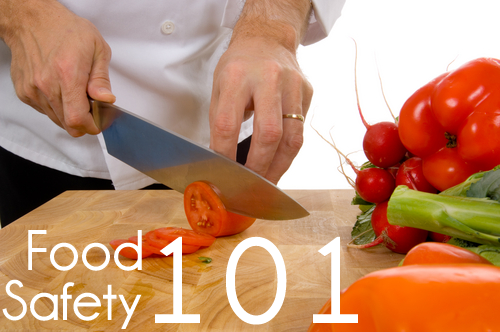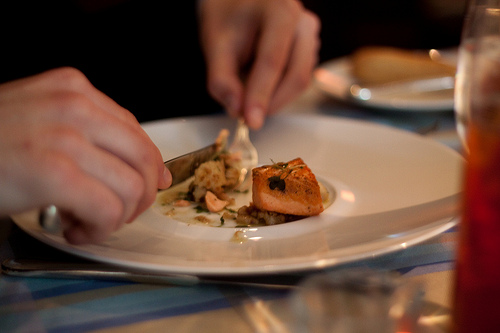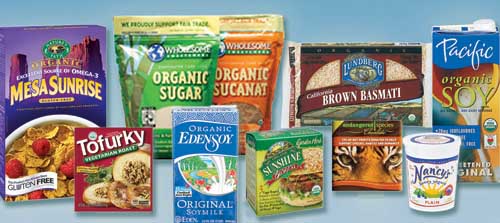When you’re running a restaurant, maintaining these four safe food practices should be among your top priorities.
If you aren’t careful, safety protocols can slip away, leading to customer complaints or a loss of customers. Even worse, you may fail a safety inspection and be forced to shut down. Even if you reopen later, this will definitely hurt your chance of success. Make food safety a priority to pay attention to these four key safety protocols.
1. Wash Hands, Produce, and Food Contact Surfaces
Harmful bacteria hang out in these three places, and washing all of them can prevent food-borne illness caused by ingesting the bacteria. Here’s how to make your kitchen cleaner and safer:
- Your employees should wash their hands regularly and refrain from touching their face and hair while on the job.
- Wash all produce before using it, paying special attention if you won’t be cooking the produce to at least 140 degrees Fahrenheit before serving it.
- Wash all surfaces the food comes in contact with thoroughly. These surfaces include countertops, cutting boards, food prep containers and tableware.
2. Maintain Proper Refrigeration
Bacteria thrive between temperatures of 40 and 140 degrees Fahrenheit, so food should never be between these temperatures unless you’re actively preparing or serving it.
When your ingredients are delivered to the restaurant, check to make sure they have been refrigerated or frozen for the whole journey, or if they were not refrigerated, that the journey was no more than 2 hours at room temperature. Foods held in commercial refrigeration units at your restaurant need to be at or below 40 degrees Fahrenheit, and you should check the temperature every two hours to ensure it’s still safe.
3. Cook Meat and Eggs to Safe Temperatures
Each type of meat has a specific internal temperature that it must be cooked to in order to be safe. For example, poultry must reach at least 165 degrees Fahrenheit and stay there for at least 15 seconds to be safe to eat.
Use a food thermometer to check your meats, and inform customers of the risks of consuming raw or undercooked eggs or beef if you include these in your dishes. In addition to the minimum temperature, pay attention to the holding temperature for food that you have prepared but not yet served. With hot foods that you are holding in warming dishes or pots, check them every two hours to ensure they’re at least 140 degrees Fahrenheit.
4. Know Safety Regulations
Everyone who works with food in your restaurant needs to know the safety regulations in your area. This is so they can not only answer questions when a health inspector is there, but also so they can use safe practices on a regular basis. Train your employees thoroughly and perform self-inspections on a regular basis to identify any areas in which you are not following the regulations.
Although carrying out food safety protocols isn’t necessarily fun, it’s a critical part of running a restaurant. Your vigilance in the kitchen will help keep your diners happy. And we all know that happy diners are essential for a successful restaurant.
{Image Credit: Food Safety photo via Shutterstock}








